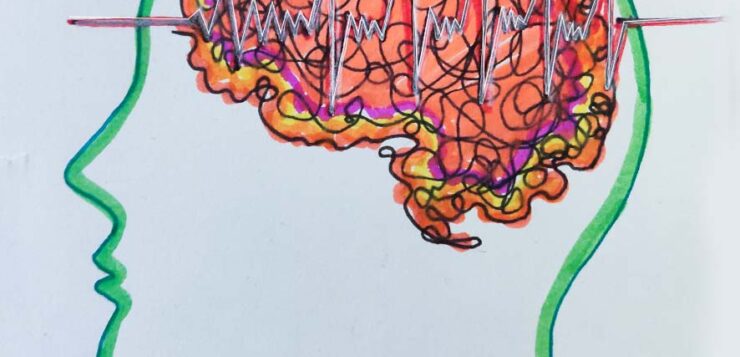Epilepsy is not a rare disability. It is the second most common neurological disorder behind dementia, and five million people are diagnosed with it every year, worldwide. But, for a condition that exists in every walk of life, it is massively understood. I am here to challenge misconceptions, and bust some myths on epilepsy:
- Epilepsy equals having fits: The media tends to only show tonic-clonic, or convulsive seizures, but there are in fact over forty different types of seizure. Absence seizures look like a person is blankly staring into space; myoclonic seizures are muscle jerks and spasms; focal aware seizures can manifest themselves as déjà vu – the sensation of a wave going over your head – or hallucinations, among many other things. Some are generalised, meaning it involves the entire brain, whilst others are focal, and therefore occur in a smaller section of the brain. All are equally serious and valid, although can often be difficult to diagnose. Due to this false media portrayal, many with epilepsy can be having seizures for years, without even realising that what they’re experiencing is a seizure.
- It’s ‘just a seizure’: Whilst having seizures is what epilepsy stands for by definition, it is important not to forget the consequent effect they have on the brain. Seizure recovery can take minutes; hours, or even days, depending on the person. It can include memory loss; extreme fatigue, or an inability to concentrate. It also isn’t uncommon for people with epilepsy to injure themselves – sometimes quite severely – during a seizure, which adds to the time needed to recover, and can often be extremely anxiety-inducing.
- Medication fixes everything: Unfortunately, epilepsy cannot be cured. For many, antiepileptic drugs – or AEDs – are successful in stopping seizures from happening, or at least considerably reducing them. It can take years to find the right drug for an individual, and unfortunately some types of epilepsy are drug resistant. But just because medication might cause the seizures to stop, it doesn’t mean epilepsy is gone. Many AEDs come with a whole host of side effects, which can be just as debilitating as the seizures themselves. Fatigue; nausea, and tremors, are just some of the dozens of things experienced. Finding a treatment plan, which limits both seizures and side effects, is therefore the ultimate goal.
- Flashing lights are triggering: Whilst strobe effects and flashing images can trigger some with epilepsy, it only accounts for approximately three percent of all sufferers. More common triggers include stress; sleep-deprivation, and alcohol, but even laughing can cause some to have seizures. It is a very complex disability, and it often takes many years to nail down what a person’s triggers are; then trying to avoid these triggers, is another matter entirely.
- They can’t… “Oh you can’t drive then?” “You must not be able to work.” “You won’t ever live alone.” Whilst all of these statements can be true for some, most with epilepsy can lead relatively normal lives. For example, in the UK, you can drive after being seizure-free for over a year – with a little consideration regarding safety, there’s really nothing a person with epilepsy can’t do!
Epilepsy is a difficult beast to live with. It is massively unpredictable, and it is difficult to not be constantly thinking of when, and where, the next seizure will happen, even if the seizures are under control. But at the end of the day, it is just a technical glitch in the brain, and once understood, it doesn’t have to be something to be frightened of.
For more information about the condition, including seizure first aid, please visit https://epilepsysociety.org.uk/




